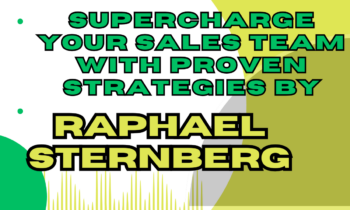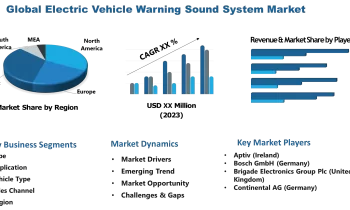The music industry has changed dramatically, especially regarding music distribution. Music distribution was handled by labels, which ensured your physical release made it into brick-and-mortar stores. Nowadays, physical media has fallen out of favor thanks to streaming services, and digital distribution has become the norm for music artists and record labels. The everyday music artist can release music to the public by uploading their music to digital distribution services at a small cost. This sounds good, but what are the pros and cons of going the route of digital distribution? Continue reading and find out below.
How Does Music Distribution Work?
Music distribution is a simple process that both aspiring artists and veterans can take advantage of. Music distribution is accomplished by uploading your music to digital distribution services such as Distrokid, Tunecore, and CD Baby. You sign up for a service, fill in the appropriate fields, upload your music as a single or album release, and choose which stores you’ll like your music in. These include YouTube, Apple Music, Spotify, Tidal, Amazon Music, Pandora, and more. After it’s uploaded with a release date, you wait for the platform’s approval, and then it goes live on the selected streaming services.
Pros
Digital distribution has several pros that should appeal to any music artist regardless of stature or age.
Creative Control
One of the best aspects of digital distribution is the amount of creative control you have over your music and your brand. You’re not bound to a release schedule or a label head telling you what you can release. You can upload your cover art, lyrics, sound, etc., so you can be authentic and follow your preconceived vision. Many labels will force you into a box and make you follow specific popular trends. Being an independent artist circumvents these issues and gives you a chance to experiment with new sounds as well as new styles.
Finances
Most people know signing a deal with a record label or even a distribution deal involves giving up a large percentage of your royalties. Thankfully, most digital distribution platforms allow you to receive most of your royalties, if not 100 percent. Plus, many of these platforms will enable you to track your royalties and discover their origin. You can track the ebb and flow of your music’s financial success monthly with charts, bars, and graphs. Also, you’ll be able to withdraw your earnings at any time and enjoy the fruits of your labor.
Cons
With every excellent service comes several cons, and you’ll learn more about these below.
Lack of Music Industry Support
Releasing music on your own to streaming services is excellent, but you don’t have the knowledge and backing of the music industry. Friday is known as global release day for singles and albums. Because of this oversight, some artists don’t know about this release day, and their music might not be picked up for playlists or write-ups. Music professionals know what else is releasing ahead of time and could help you from being overshadowed by much bigger artists. The lack of support could be substantial, and you could make mistakes that could be avoided with the help of a record label.
Rights & Royalties
You receive most of your royalties with digital distribution services. However, this isn’t always the case. It’s essential to read the fine print to know what rights you’re giving away, if any. The same things apply to your music royalty percentages. Also, you might not get all your money from every release. It’s essential to register your music on Performance Rights Organizations (PROs) such as the American Society of Composers, Authors, and Publishers (ASCAP) or Broadcast Music, Inc. (BMI). These organizations ensure you receive your money from licensing and other situations where your music is being played.
Conclusion
Finding ways to thrive as an aspiring artist seems like it should be more accessible than ever with solid tools such as digital distribution services. You can always go with a record label that will handle this for you, negotiate a distribution deal or upload music to digital distribution services yourself. Using digital distribution could take you to the next level when done correctly. However, the digital distribution comes with several pros and cons. The pros include creative control and a good amount of financial compensation through high royalty percentages. The cons include a lack of music industry support and a potential lack of royalties depending on the platform. Digital distribution is beneficial for any artist, but it’s important to do thorough research and see what option is best for you.



